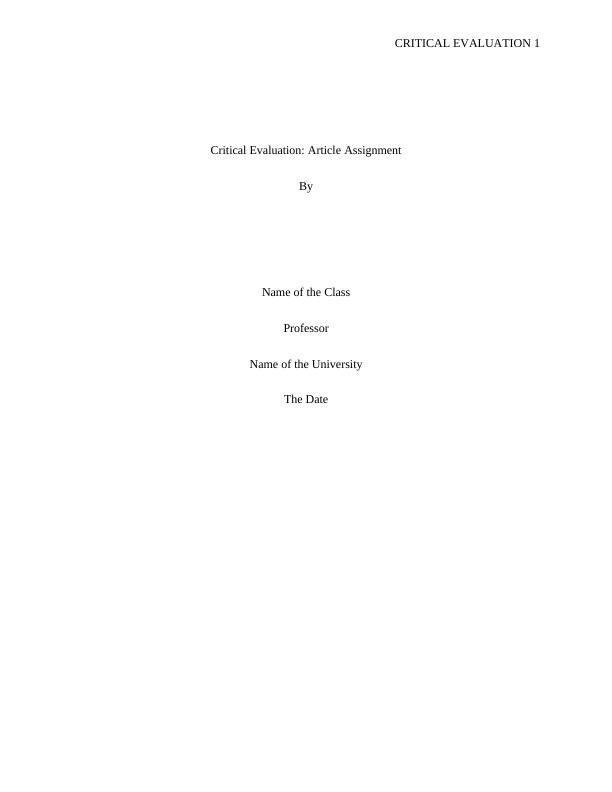Impact of Artificial Intelligence and Automation on the Workforce
4 Pages761 Words95 Views
Added on 2023-01-09
About This Document
This critical evaluation discusses the impact of artificial intelligence and automation on the workforce. It explores the benefits and challenges of automation in different industries and raises questions about the future role of human workers. The evaluation also highlights the government's support for robotics and autonomous systems.
Impact of Artificial Intelligence and Automation on the Workforce
Added on 2023-01-09
ShareRelated Documents
End of preview
Want to access all the pages? Upload your documents or become a member.
Ethics and Sustainability - Assignment
|5
|1239
|36
Problem Analysis On Technological Innovation
|5
|1056
|15
Effects of Artificial Intelligence and Automation on the Workforce
|7
|1769
|162
Ethical Issues of Unemployment Due to Artificial Intelligence
|6
|1233
|246
Replacement of Jobs with Artificial Intelligence
|11
|3039
|136
Business Intelligence and Decision Making PDF
|4
|1251
|25


